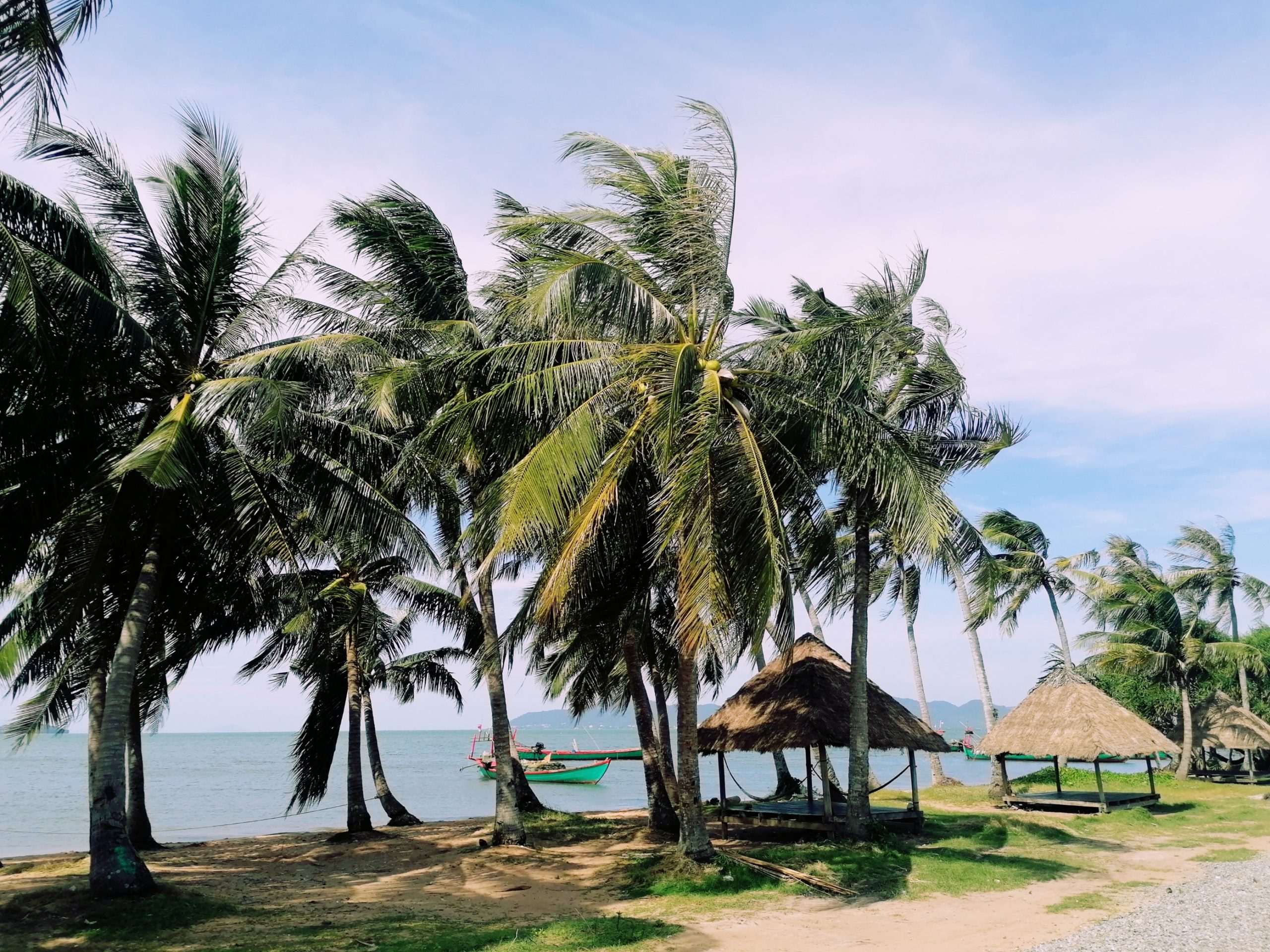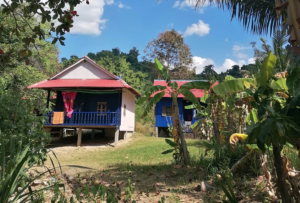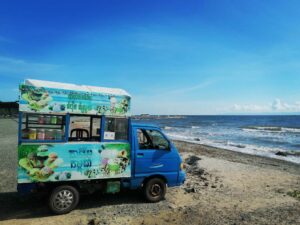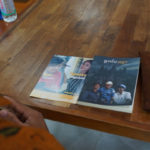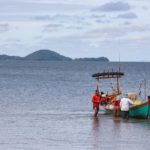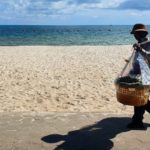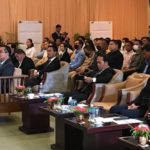There is a need to question established hierarchies between “developed” and “developing” nations when it comes to plastic pollution, which harms oceans, wildlife, and vulnerable populations. A new generation of young climate leaders from “least developed” countries is empowered by Aide et Action/Action Education (AEA) because communities on the frontlines of the climate crisis are not only unjustly suffering. They are building knowledge and expertise.
Plastic pollution presents serious threats in Cambodia, mostly to the health, local food production, and livelihoods of communities that are directly dependent on ecosystems in the coastal areas of Kampot, Kep, Koh Kong, and Preah Sihanouk. Plastic litter injures or kills fish, seabirds, turtles, and marine mammals, and disrupts their natural habitats, such as coral reefs. Microplastics can also be ingested by animals, making them more susceptible to disease.
Marine litter causes human health issues, for example, from ingestion of contaminated seafood, exposure to bacteria transported into coastal waters by floating plastics, or inadequate waste handling. Cambodian people are frequently compelled to pile up waste or burn it, which is harmful to their health because the country lacks the infrastructure and financial resources to properly handle pollution.
In that sense, Cambodia is a typical case of climate injustice. The notion refers to the fact that rich countries are most polluting and historically responsible for climate change but the negative effects are most directly felt by poor countries. In principle, it is increasingly understood that the Global North owes a debt to the Global South for environmental destruction. In practice, however, vulnerable countries are forced to borrow to cover the costs of adaptation to climate change and increase their debts.
Preparing the next climate leaders from the South
The world is currently at a critical crossroads, changing the traditional idea of “development” that typically implies that “developing” nations follow the lead of “developed” ones. Now is the time for wealthy countries to follow the lead of poor countries and cut their greenhouse gas emissions. Cambodia emits less than 0.1% of the world’s emissions. In contrast, China, the US, and the EU are the world’s largest CO2 emitters. The High Representative of the EU Josep Borell rightly acknowledged: “As the first industrialised region in the world, Europe bears a major historical responsibility for the accumulation of CO2 in the atmosphere over the last two centuries as a result of the combustion of fossil fuels.” Although polluting countries are not credible as global climate leaders, the EU has intensified efforts, calling for global cooperation.
AEA invests in environmental education for all to achieve long-term effects that benefit people and the planet.
At a time of climate breakdown, it is a sound strategy to empower schoolchildren and youth in Cambodia to become the climate champions of today and the global leaders of tomorrow. The international community should gain from the leadership of young Cambodians rather than just their local communities. People, especially those who live close to the sea, forests, and other natural areas, are continuously gaining knowledge and valuable experience to adapt and mitigate risks related to climate change.
Tradition and innovation to shape climate solutions
To effectively prevent the use of plastic, it is time for producers and consumers in wealthy countries to follow the example of people from Cambodia. Traditional practices, such as the use of banana leaves for food packaging should be expanded.
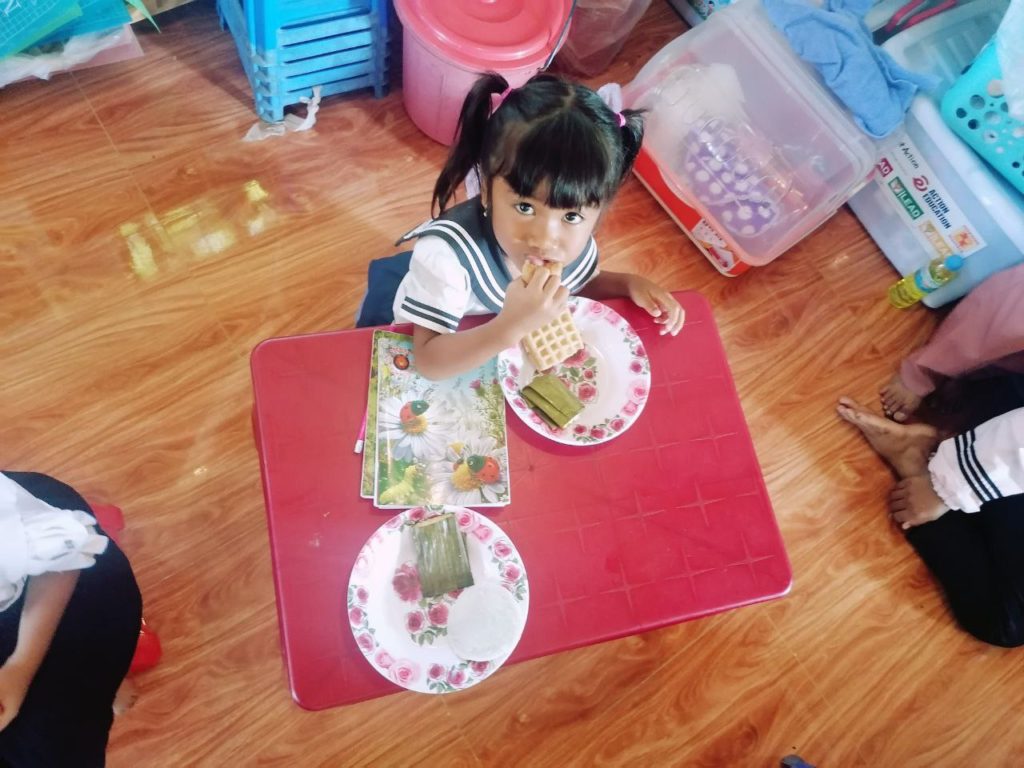
Another example is the production and use of straw bags as an alternative to plastic and to all types of handbags, including those produced by big fashion brands from the Global North in manufactories that are producing pollution in the Global South. The waving technique to produce straw bags, mats, and other items has a rich history rooted in the Angkorian times. Craftswomen typically make them from home with materials that do not harm the natural environment and without harmful chemicals.
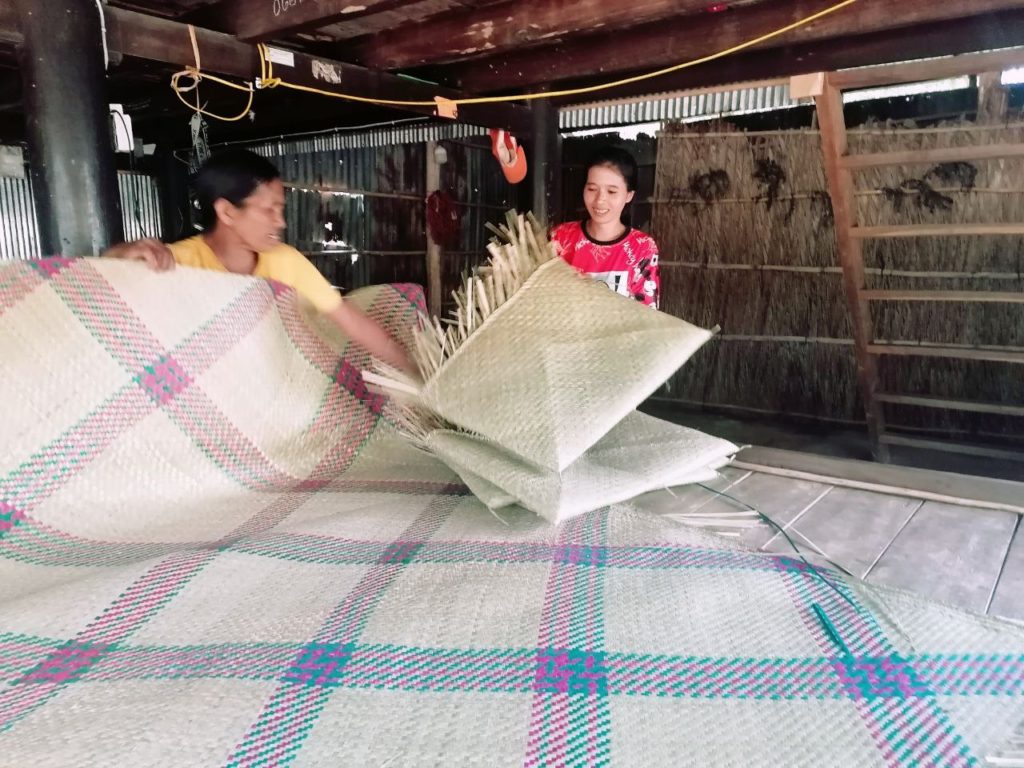
The production and distribution of eco-friendly products from the Global South is valuable, not only to improve livelihoods in rural areas or to preserve Khmer cultural heritage in this case but also to become an inspiration for many at a time of climate breakdown. While corporations from the Global North make a profit from garment factories that continue to produce a large amount of waste, creativity, and innovation to recycle can be found in the most remote and rural areas. Villagers in Kep produce colorful hammocks from scraps of fabric that can be sold or rented on the beach.
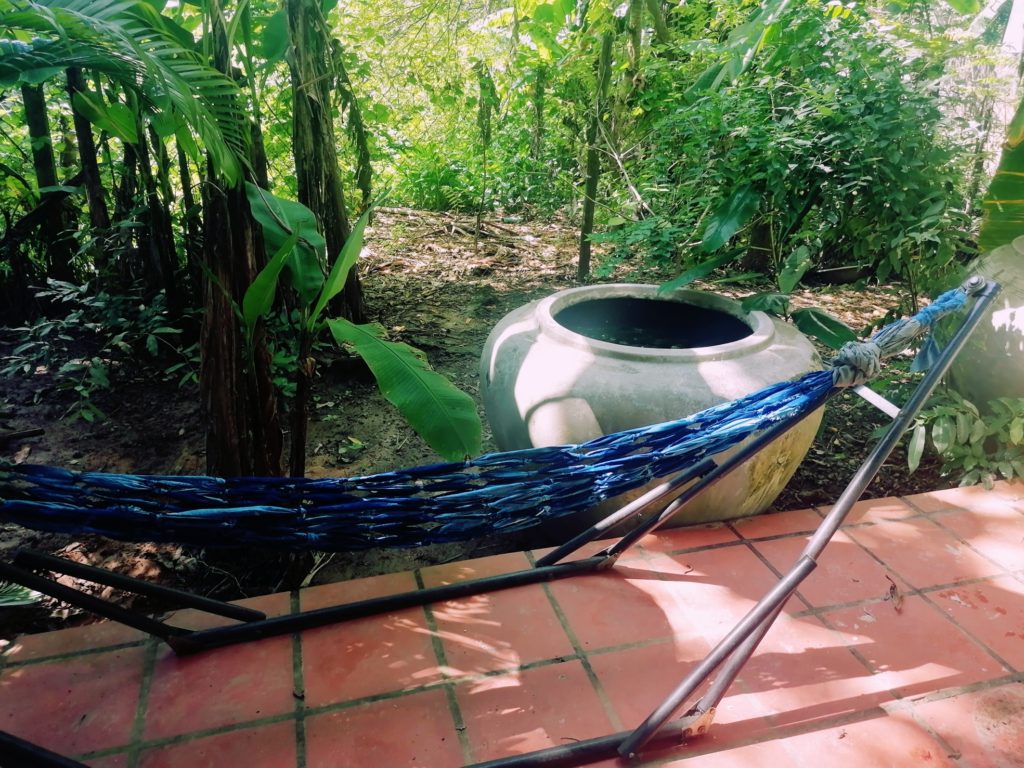
Valuing grassroots climate action
When supporting existing local initiatives, the process is not to ensure global policies are appropriated by local stakeholders. Rather, it is to empower local initiatives without the need for a process of appropriation. For example, plastic waste that litters the paradisiac landscape of Angkol Beach in Kep has stimulated school activities, including beach clean-ups. School children, mostly from fishing communities, punctually come to pick up trash along the sand beach during class trips organized by local officials and school directors.
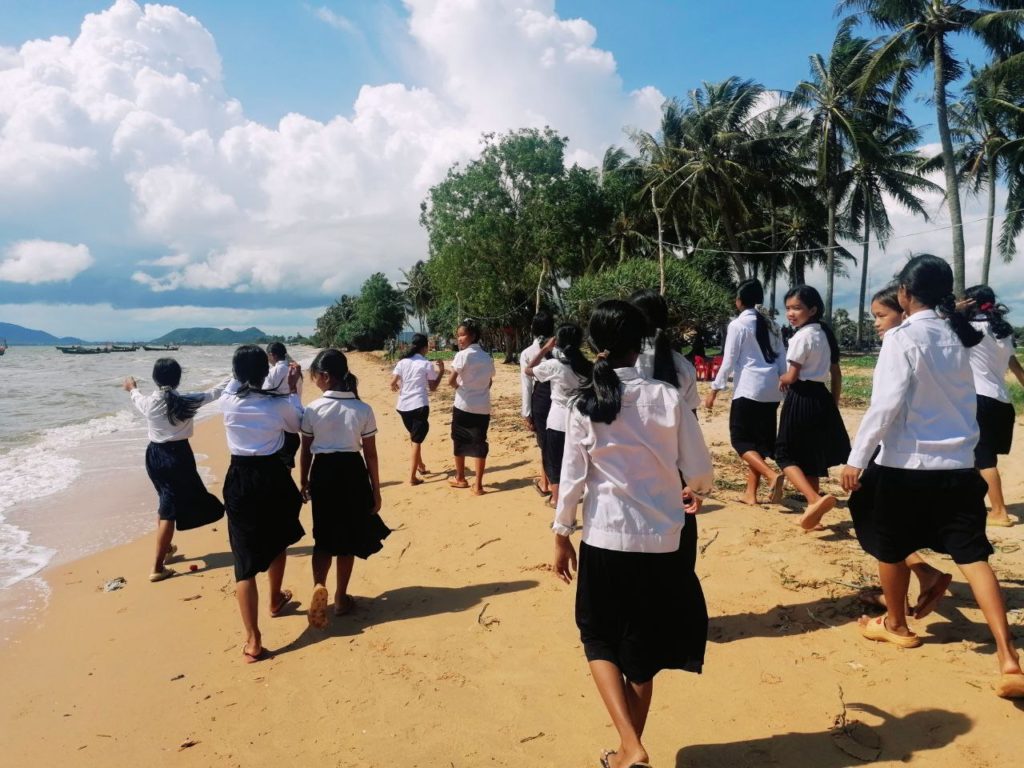
Beach clean-ups provide an opportunity to deliver environmental education about the dangers of plastic for the local community. Children who build healthy habits from a young age are more likely to continue these habits in their adult life. One of the most critical aspects of climate projects is to ensure that communities are changemakers, reinforcing a sense of self-reliance and autonomy, to take appropriate measures to preserve the health of the ocean.
In the immediate term, local initiatives aim at efficiently contributing to the development of a green economy and to directly improve community members’ livelihoods. Clean-ups address pressing needs because plastic pollution poses direct risks to fish stocks and disrupts aquaculture. In addition, plastic litter in the streets, in green spaces, or on the beach negatively impacts the sector of tourism, which is crucial to Southeast Asia.

Eco-tourism is about using marine and natural resources sustainably and is related to a clean, healthy, and sustainable environment, which is a universal human right; the Sustainable Development Goal (SDG) 14 is to conserve and sustainably use the oceans, seas, and marine resources for sustainable development and; to the SDG 12 about ensuring sustainable consumption and production patterns, which is key to sustain the livelihoods of current and future generations.



